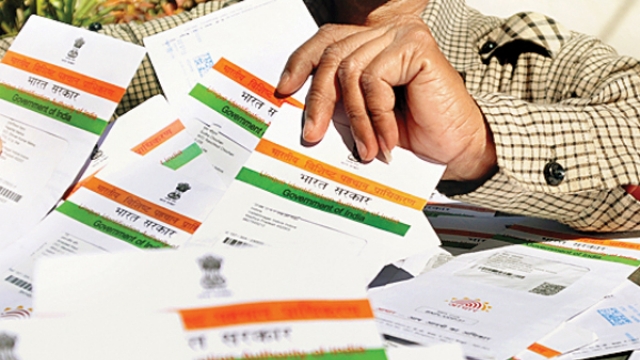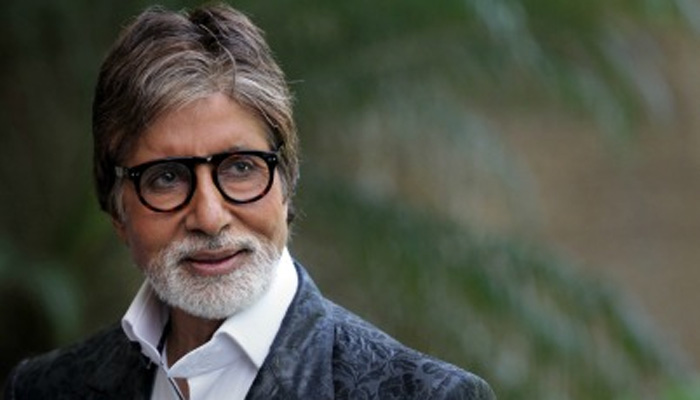Dhar, Jhabua and Khargone districts (Madhya Pradesh): Santosh Bavash, 30, said he knew about the Internet. “I’ve heard it tells you about the future,” he told, when we spoke to the short and thin labourer, from the village of Gyanpura, in the western district of Dhar, in Madhya Pradesh (MP), one of India’s poorest states.
After the withdrawal of Rs 14 lakh crore–86% by value of Indian currency in circulation–the government has pushed for digital payments to counter the lack of notes in the economy. Of the 28 tribals, we met in a state with more tribals than any other, all but two had a bank account (92.8%), 17 had a personal cell phone and knew how to use it (60.7), six owned an ATM card and knew how to use it (21.4%), and two knew about the Internet (7.1%), an indication of the the gulf between Prime Minister Narendra Modi’s vision of a “digital” or “cashless” economy and the reality in India’s most disadvantaged areas.

























